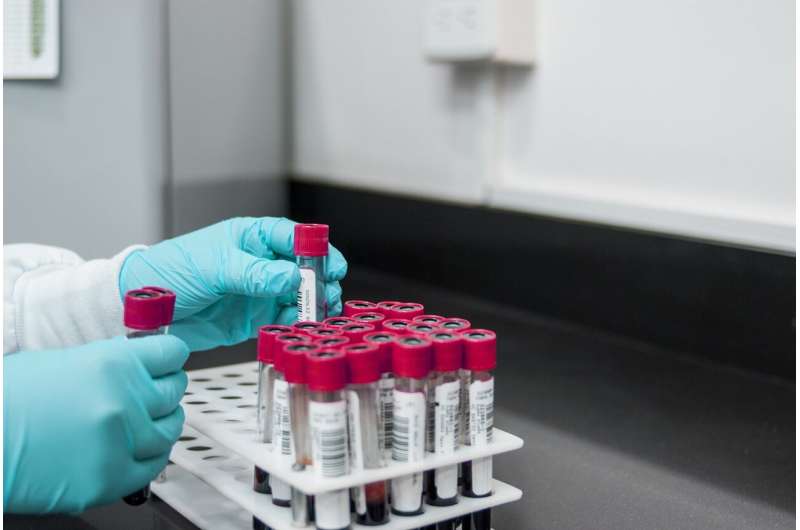This article has been reviewed according to Science X's editorial process and policies. Editors have highlighted the following attributes while ensuring the content's credibility:
fact-checked
trusted source
proofread
CDC reports its decade-long efforts in standardizing vitamin D tests

Vitamin D tests certified by the U.S. Centers for Disease Control and Prevention (CDC) Clinical Standardization Programs (CSP) are well calibrated overall, according to a new study presented at ENDO 2024, the Endocrine Society's annual meeting in Boston, Mass. However, the researchers found some inaccuracies among the assays studied.
The blood tests show an "appropriate" level of analytical accuracy, said the study's lead researcher, Otoe Sugahara, manager of the CDC Vitamin D Standardization-Certification Program (VDSCP) in Atlanta, Ga.
Analytical accuracy is the test's ability to correctly analyze vitamin D in this case. The laboratory medicine community decides which level of analytical accuracy is appropriate, Sugahara said.
She said, "Some inaccuracies appear to be caused by a lack of analytical specificity and other factors. These inaccuracies may result in incorrect classification of patients' vitamin D status." Analytical specificity is the assay's ability to just measure vitamin D.
Vitamin D is important for bone health, and vitamin D tests are among the most requested laboratory tests in the U.S., Sugahara noted.
"Vitamin D tests help health care providers make a correct diagnosis and appropriate treatment decisions for patients," she said. "However, many clinical organizations and experts have expressed concern about the accuracy and reliability of vitamin D assays."
The VDSCP began in 2013 to help assess and improve the accuracy and reliability of vitamin D tests, according to the CDC. For vitamin D assays enrolled in the voluntary program, the VDSCP collects and annually reviews their performance data.
"Since 2013, the assays enrolled in the program have generally improved and become better calibrated," Sugahara said.
The average calibration bias was less than 1% for all assays in the VDSCP in 2022, she reported. Bias is the deviation of the test result from the true value, which is determined with the CDC's reference method for vitamin D.
U.S. scientists use two main types of technologies to measure vitamin D in the blood, Sugahara said. One is mass spectrometry, which separately measures 25-hydroxyvitamin D2 and D3 and sums the values. The other type, immunoassay, measures both compounds at the same time and reports one result for total 25-hydroxyvitamin D.
In 2022, the average calibration bias of VDSCP participants for immunoassays was 0.86% and for assays using mass spectrometry was 0.55%, Sugahara reported.
However, she added that with improved calibration, sample-specific inaccurate results became more apparent.
For example, some assays measure other compounds besides 25-hydroxyvitamin D, which Sugahara's research found can falsely elevate results of some blood samples. Thus, for a sample with a reference value indicating vitamin D deficiency, which typically requires vitamin D supplementation, some tests misclassified the result as sufficient.
"Though most vitamin D tests in our program have improved, there still remain some sample-specific inaccuracies. The CDC is working with program participants to address these situations," Sugahara said.
The VDSCP supports more than 35 assays, laboratories and researchers from approximately 15 countries annually, said co-investigator Hubert Vesper, Ph.D., director of the CDC Clinical Standardization Programs (CSP).



















